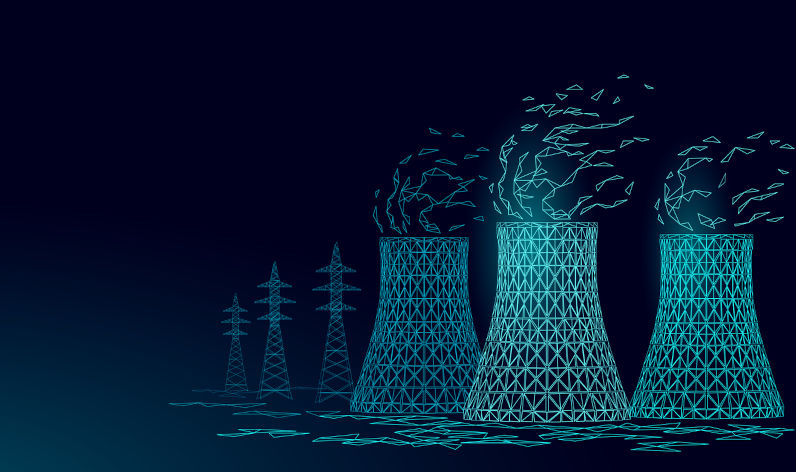Dutton's stuff-ups: N-plan could add up to $600 per year to bills by 2030
March 10, 2025
A new report has torpedoed Peter Dutton’s claim that the Coalition’s nuclear power plan for Australia would be 44% cheaper than Labor’s plan for renewables, finding instead that it would inflate average consumer electricity bills by up to 41% between now and 2030.
The report, commissioned by the Clean Energy Council, models the outcomes on electricity prices across Australia’s main grid, the NEM, if the build rate of utility scale renewable generation capacity was reduced significantly – as it promises to be under a Coalition Government.
The modelling, conducted by global consultancy, Jacobs, sets a base case using the Australian Energy Market Operator’s Integrated System Plan Step Change Scenario, where 26 gigawatts (GW) of renewables in 2025 grows to 72.7 GW by 2030.
This base case is then contrasted against two scenarios based on the modelling by Frontier Economics for the federal Coalition, which restricts renewables to 49.1 GW by 2030 and relies on coal and gas while waiting for nuclear power.
In that report, Frontier Economics reduced the build rate for renewables, in particular, onshore and offshore wind, big solar and big batteries, in a world where longer-term, post-2035 nuclear capacity is installed to meet customer electricity needs.
Frontier’s economic modelling has since been used to underpin claims from Liberal leader Peter Dutton that his plan for a power system, including a significant role for nuclear, will be 44% cheaper than a system relying predominantly on renewables.
As Tristan Edis writes in a series of articles starting here, a range of energy analysts and economists have found an array of problems with how this number was derived, but this hasn’t stopped Dutton from repeating it at every chance he gets.
The Clean Energy Council has therefore decided to fight fire with fire.
“The Clean Energy Council commissioned Jacobs to undertake analysis that is conservative, considered and reasonable and based on transparent assumptions and methods,” the report says.
“In this report, we tested 100 potential price paths in FY 2030, to test outcomes under different market conditions, and gain greater confidence about the potential impact on consumers between 2025 and 2030.
“This combination of five weather years, 10 different plant outage patterns, and two different demand scenarios combines to provide 100 different price projections for the 2030 financial year, in each major region of the NEM.”
The result of all this, says Jacobs, is to provide greater confidence that, “under the assumptions used, power prices are likely to be materially higher for consumers between 2025 and 2030, if the build out of renewable generation is constrained compared to the base case".
How much higher? Under a first scenario, the report finds that residential electricity bills are likely to increase by 30% on average across all states in the NEM in 2030 because of the impacts on the wholesale market.
This would amount to an increase in energy costs of $449 a year for the average household across NEM regions, and $877 for a small business, the report finds.
Under a second scenario, which factors in the impact should a large coal-fired generator be removed suddenly from the mix, Jacobs estimates that power bills would see increases of 41% on average or $606 a year for average households and $1182 a year for average businesses.

And while the highest costs to consumers would come from relying on aging and increasingly unreliable coal power plants, Jacobs notes that gas prices would also play a role in driving the increases in consumer electricity prices seen in the scenarios it models.
In scenario 1, for example, the modelled outcomes sees 211 petajoules (PJ) of gas consumed in 2030, which Jacobs notes is a “material increase” on AEMO’s ISP figures of 63 PJ.
Clean Energy Council chief Kane Thornton says under this scenario Australians would pay a total of $2.3-$3 billion for gas-fired electricity in 2030, compared to the $770 million if it sticks to the current path.
“Recent polling shows that 75% of Australians view cost of living as a key election priority and energy bills ranks among their top three priorities,” Thornton said on 4 February.
“The more renewables in the system, the less we need to depend on unreliable coal-fired power and gas over time, which will provide much needed cost-relief on bills.
“Australians simply can’t afford to put the handbrake on renewables and choose a path of more expensive electricity while we sit and wait for nuclear plants that are, at best, 15-20 years away.
“Renewables are here right now and we should be using as much of this cheaper energy as we possibly can.
“Getting more renewables into our system, such as solar and wind and backed by pumped hydro, batteries and small amounts of gas, is the cheapest and most reliable way to keep energy bills as low as possible for Australians.”
The views expressed are solely those of the author and may or may not reflect those of Pearls and Irritations.
